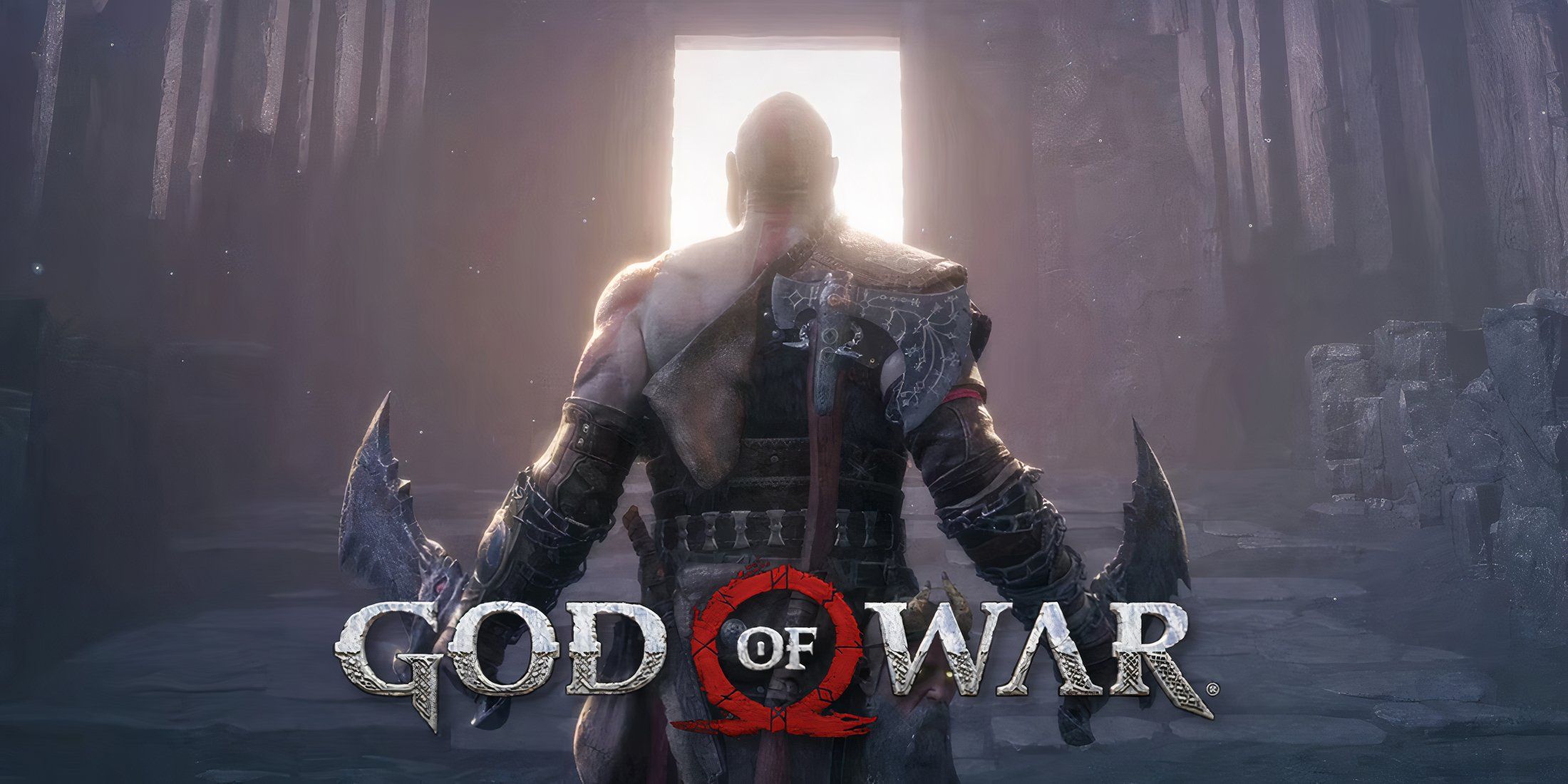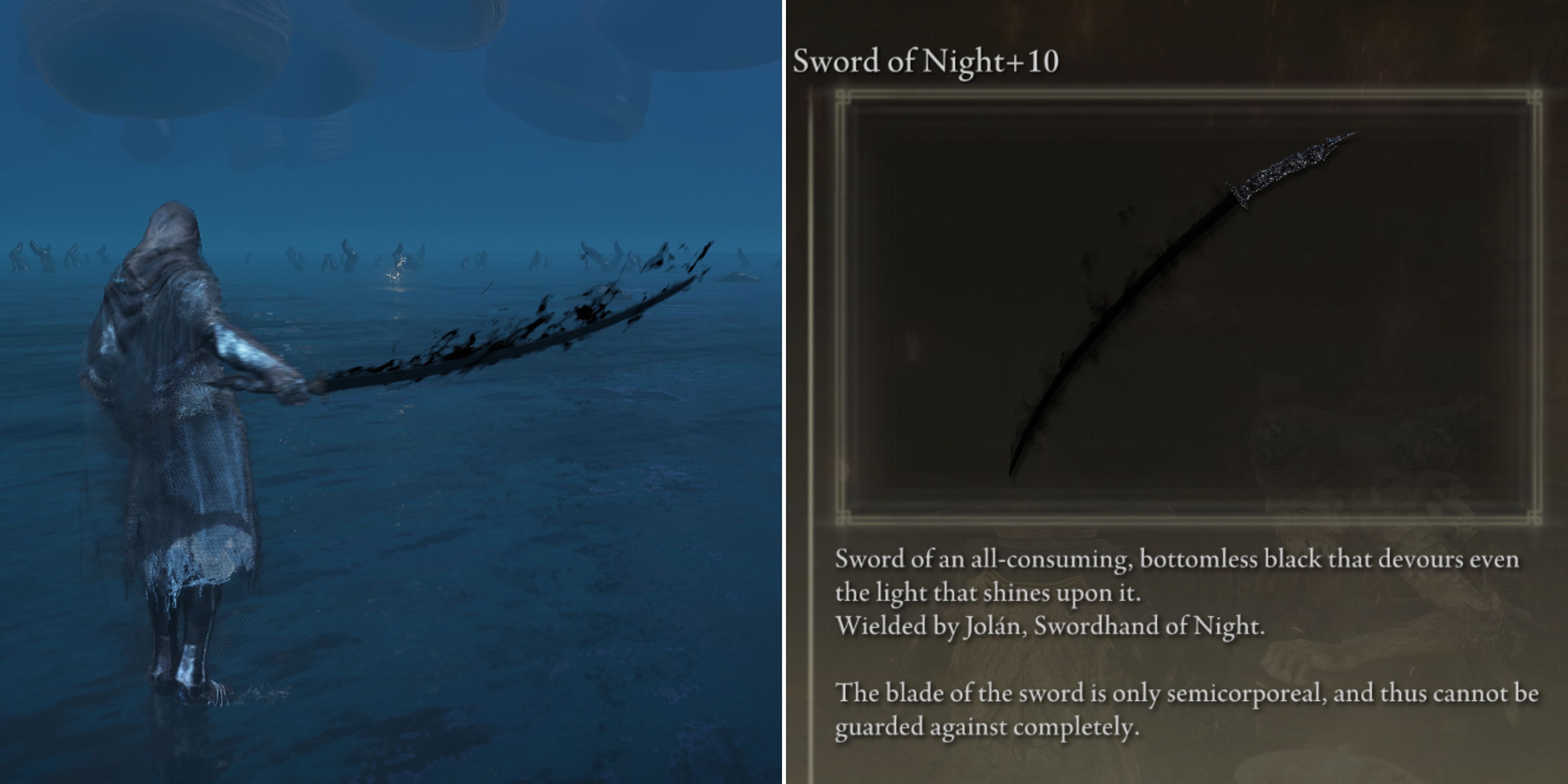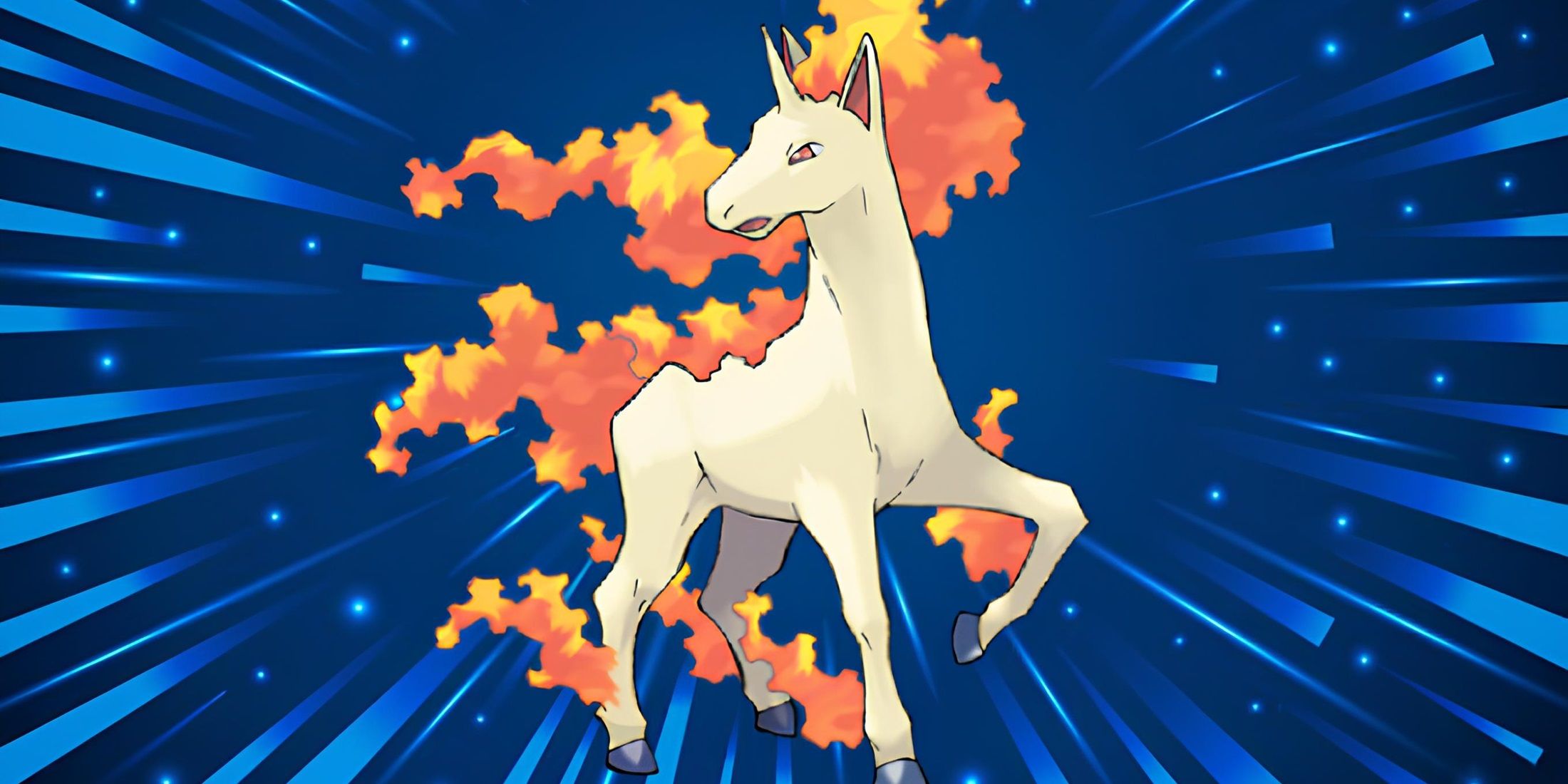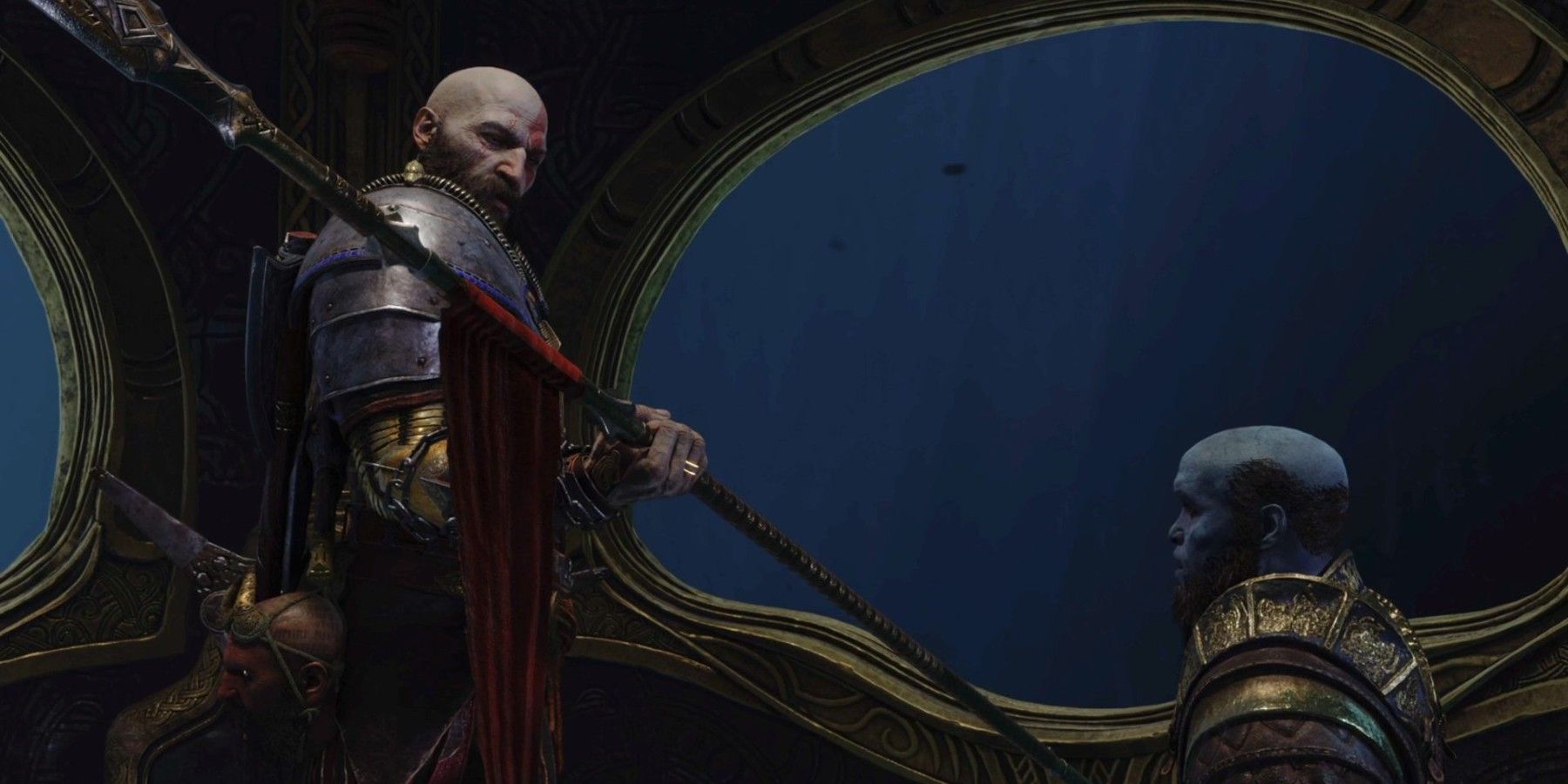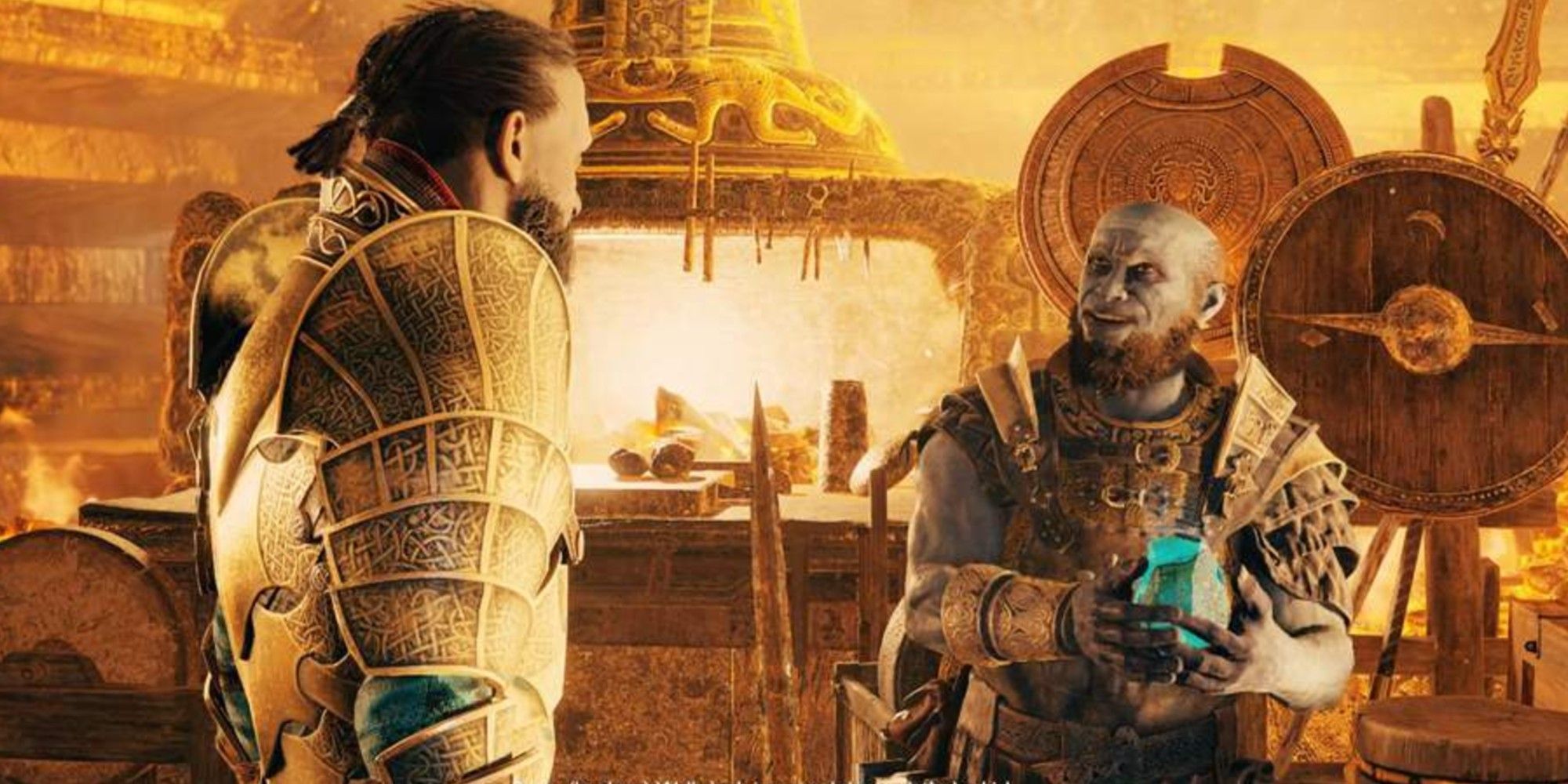Norse mythology is absolutely filled with magical objects and mystical artifacts, and God of War Ragnarok dives head-first into them. From Gjallarhorn to magical sigil arrows, God of War Ragnarok introduces a lot of mythological objects during its lengthy runtime, each of which serves a sizable role in the game's complex story. But by far one of the most important magical objects in God of War Ragnarok is Draupnir, a mystical ring ripped straight out of Norse mythology.
Introduced quite a way into God of War Ragnarok, Draupnir was created by Brok and Sindri and given to Odin as a gift. Though its eventual purpose is quite different from the source material, Draupnir plays a significant role in the story of the Norse gods.
The Mythology Behind God of War Ragnarok's Draupnir
Also known as The Dripper, Draupnir often takes the appearance of just an unassuming golden band in Norse mythology. However, Draupnir has a hidden ability. Every ninth night, Draupnir duplicates itself, dripping eight new rings onto the floor. While each of these duplicate rings is exactly the same weight and size as the original, they lack the same magical ability, meaning that duplicates of those rings don't appear.
In Norse mythology, Draupnir was originally created as part of a dare between Loki and the Dwarven brothers Brokkr and Eitri. Teasing the two brothers, Loki claimed that the duo wasn't as talented as the Sons of Ivaldi, the creators of Gungir, Odin's spear, and Freyr's collapsible, flying boat Skidbaldnir. Enraged with his claims, the Dwarven brothers agreed to a wager, where if Loki won, he would get the crafted items for free, but if the brothers won, they would get Loki's head as a trophy.
The brothers immediately set to work, and Loki hatched a plan to ensure the bet ended in his favor. Turning himself into a fly, Loki flew into the Dwarf's workshop, where Eitri was crafting an item, and Brokkr was in control of the airflow of the forge. As the fly, Loki bit Brokkr, but the Dwarven smith remained unphased and pulled a golden boar out of the fire.
Loki continued his trickery, biting Brokkr again while the brothers were making their next item. But again, the Dwarf continued his work without hesitation, pulling Draupnir out of the forge. Needing assurance that he would win the bet, Loki tried for a third time, biting Brokkr's eyelids. This time, Loki's bite did some damage, drawing blood. Not able to see what he was doing, Brokkr flailed around the room, trying to kill the fly. When Eitri returned to the room, he rushed to take his work out of the forge. The resulting item was none other than Mjolnir, Thor's hammer.
With three magical items in tow, Brokkr, Eitri and Loki headed to Odin's palace, where the other Aesir gods would judge the Dwarves' work. Agreeing that the Dwarves' objects were in fact of a higher quality than the Sons of Ivaldi's, the Aesir gods proclaimed Brokkr and Eitri as the victors. Before they could claim their trophy, however, Loki made a desperate escape. Having just gifted him with Mjolnir, the brothers asked Thor to retrieve Loki, which he did. Just before executing Loki, the Trickster God came up with one more scheme and stated that he only agreed that the brothers could have his head, not his neck. Knowing that they couldn't execute Loki, the Dwarven brothers instead decided to sow Loki's mouth shut with Vartari, a magic needle.
Obviously, God of War Ragnarok's story takes this in a different direction, but the parallels between the mythology and the game are quite obvious.
God of War Ragnarok is out now for PS4 and PS5.

